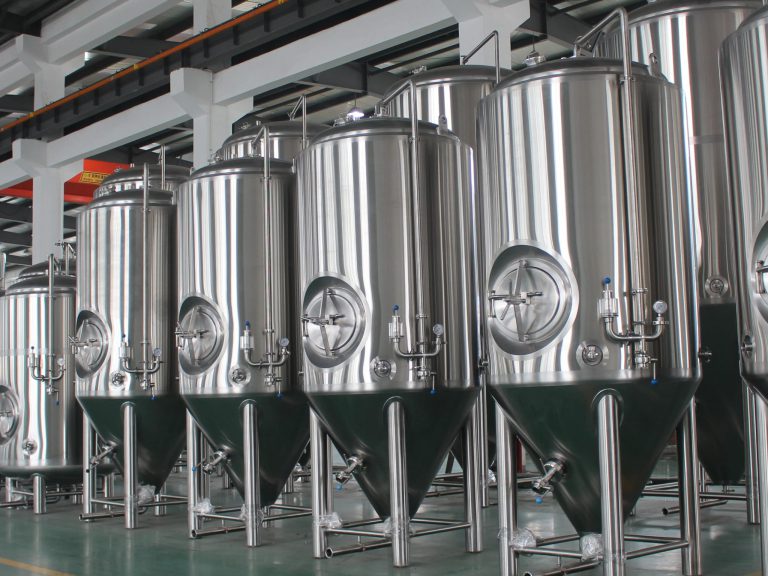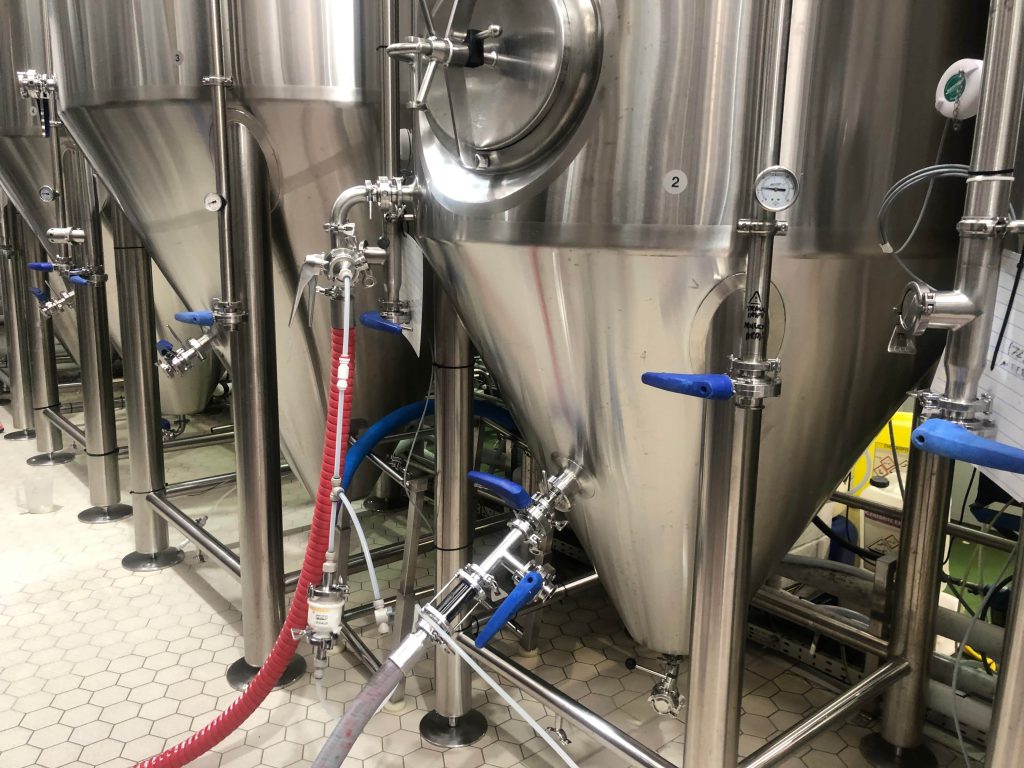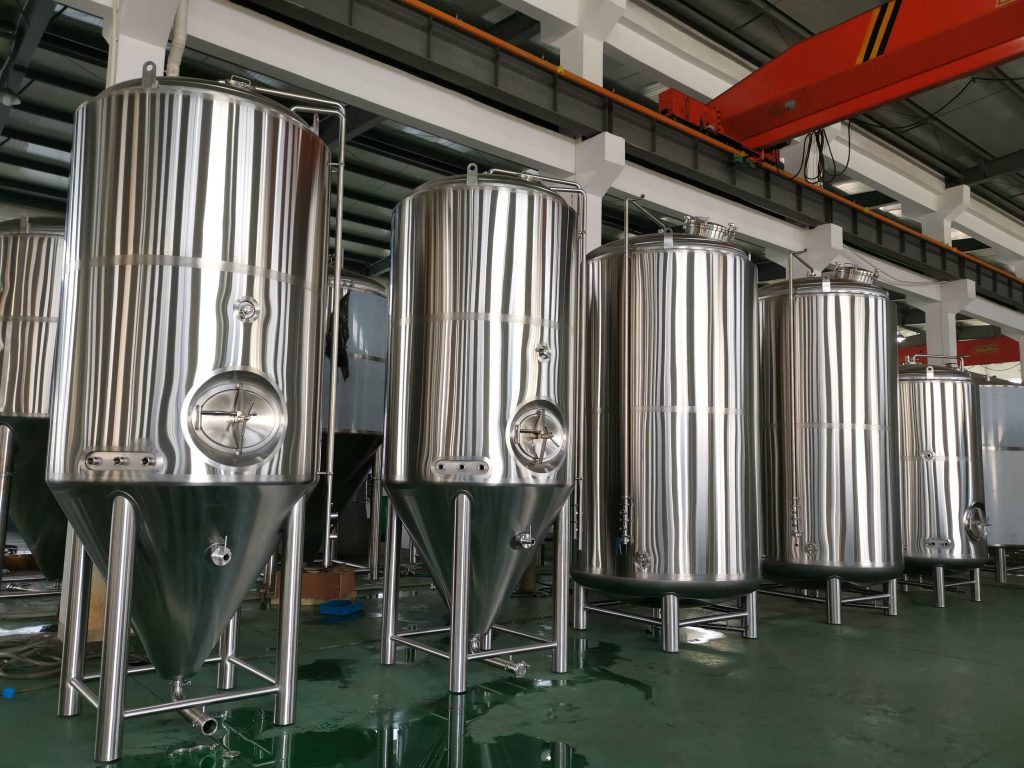導入

The quality of a brew is influenced by numerous factors, but one of the most critical yet often overlooked aspects is the fermentation vessel. Whether you’re a homebrewer crafting a small batch or a professional brewer scaling up to large production, the fermentation vessel plays a pivotal role in the overall brewing process. This article delves into why choosing the right fermentation vessel is crucial for producing high-quality brews and explores various considerations that can impact your final product.
の役割 発酵容器
A fermentation vessel serves as the environment where yeast converts sugars into alcohol and carbon dioxide. This process is not only fundamental to brewing but also sensitive to a range of variables. The vessel’s material, size, shape, and even cleanliness can significantly influence the outcome of the fermentation process.
Key Characteristics of a Good Fermentation Vessel
- 素材の品質: The material of a fermentation vessel can affect the flavor, clarity, and stability of your brew. Common materials include glass, plastic, and stainless steel.
- Sealability: A good fermentation tank must create an airtight seal to prevent contamination and ensure proper fermentation.
- 掃除のしやすさ: Fermentation vessels should be easy to clean and sanitize to prevent unwanted bacterial growth and off-flavors.
- サイズと形状: The size and shape of the vessel can influence the rate of fermentation and the flavor profile of the beer.
- 温度管理: Proper temperature control is essential for optimal yeast performance and fermentation.
- Ease of Monitoring: The ability to monitor fermentation progress through a transparent vessel or with a built-in airlock can be very beneficial.
の種類 発酵容器
Understanding the different types of fermentation vessels available can help you make an informed choice. Below is a comparison of the most common types used in brewing:
| タイプ | 材料 | 利点 | デメリット |
|---|---|---|---|
| ガラスカーボイ | ガラス | Non-reactive, easy to clean, visible | Fragile, heavy, expensive |
| プラスチックバケツ | プラスチック | Affordable, lightweight, durable | Can scratch easily, may retain odors |
| ステンレス鋼 | ステンレス鋼 | Durable, easy to clean, excellent temperature control | Expensive, heavy |
| Fermentation Keg | ステンレス鋼 | Versatile, pressurizable, good for carbonation | Expensive, requires additional equipment |
Material Matters: Glass vs. Plastic vs. Stainless Steel
ガラス発酵容器
Glass is a traditional choice for fermentation vessels due to its non-reactive properties and clarity. It allows brewers to visually monitor the fermentation process and ensure that the brew is developing as expected. However, glass vessels are prone to breakage and can be quite heavy.
プラスチック発酵容器
Plastic is a popular choice for its affordability and lightweight nature. Plastic fermentation tanks are typically easier to handle and store. However, they can be prone to scratching and may absorb odors or flavors from previous batches if not properly cleaned.
ステンレス製発酵容器
Stainless steel fermentation vessels offer durability and excellent temperature control. They are less likely to harbor bacteria and are relatively easy to clean. The primary drawbacks are their cost and weight, as well as the need for additional equipment if pressurizing the vessel.
The Impact of Vessel Size and Shape on Fermentation
The size of the fermentation tank can impact the fermentation process. Larger vessels provide more space for the yeast to work and can help reduce the risk of overflows, especially during vigorous fermentation. However, larger vessels may require more time to reach the desired fermentation temperature.
The shape of the vessel also plays a role. Conical fermenters, for instance, are designed to facilitate the collection of sediment and make it easier to transfer the finished beer without disturbing the yeast sediment.
Cleaning and Sanitization: Essential Practices
A crucial aspect of fermentation vessel maintenance is cleaning and sanitization. An improperly cleaned vessel can lead to contamination, which may result in off-flavors or spoilage. Regularly cleaning and sanitizing the vessel with appropriate solutions helps maintain the quality of your brews.
Cleaning Tips
- Use Non-Abrasive Cleaners: Avoid using harsh scrubbing pads or chemicals that can damage the vessel.
- Rinse Immediately After Use: Rinse the vessel right after transferring the beer to prevent residue from drying and becoming harder to remove.
- Sanitize Before Each Use: Always sanitize the vessel just before adding new wort to ensure that no unwanted microorganisms are present.
Temperature Control and 発酵容器 選択

Temperature control is vital for fermentation as different yeasts have specific temperature ranges where they perform best. A good fermentation vessel should facilitate effective temperature control to ensure that yeast remains active and performs optimally.
Methods of Temperature Control
- Temperature-Controlled Fermentation Chambers: These are specialized units designed to maintain a consistent temperature.
- Insulated Fermentation Wraps: Wraps that help insulate the vessel and maintain temperature.
- Coolers or Heat Belts: Devices that can help cool or heat the vessel as needed.
結論
Selecting the right fermentation vessel is a key decision that can significantly affect the quality of your brews. By considering factors such as material, size, shape, and ease of cleaning, you can ensure that your fermentation process is efficient and your final product is of the highest quality. Whether you choose glass, plastic, or stainless steel, investing in a good fermentation tank will pay off in the form of better-tasting and more consistent brews.
よくある質問
最適な素材は何ですか? 発酵容器?
The best material depends on your brewing needs and budget. Glass is excellent for visibility, plastic is affordable and lightweight, while stainless steel offers durability and superior temperature control.
How often should I clean my fermentation vessel?
You should clean your fermentation vessel immediately after use and sanitize it before each new batch to prevent contamination.
Can I use any container for 発酵?
Not all containers are suitable for fermentation. The vessel must be food-grade and capable of creating an airtight seal to prevent contamination.
How do I know if my fermentation vessel is clean?
Ensure the vessel is free of residue and odors. Sanitization solutions should be used according to the manufacturer’s instructions to guarantee cleanliness.
大きさは 発酵容器 should I use?
The size of the vessel depends on the volume of beer you plan to brew. Larger vessels are better for larger batches, while smaller ones are suitable for smaller homebrew batches.

